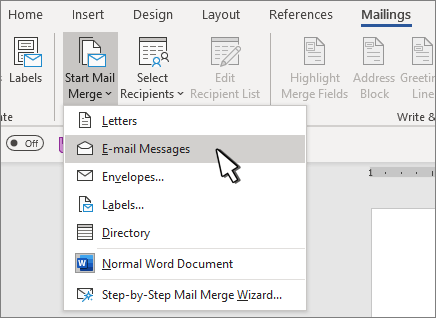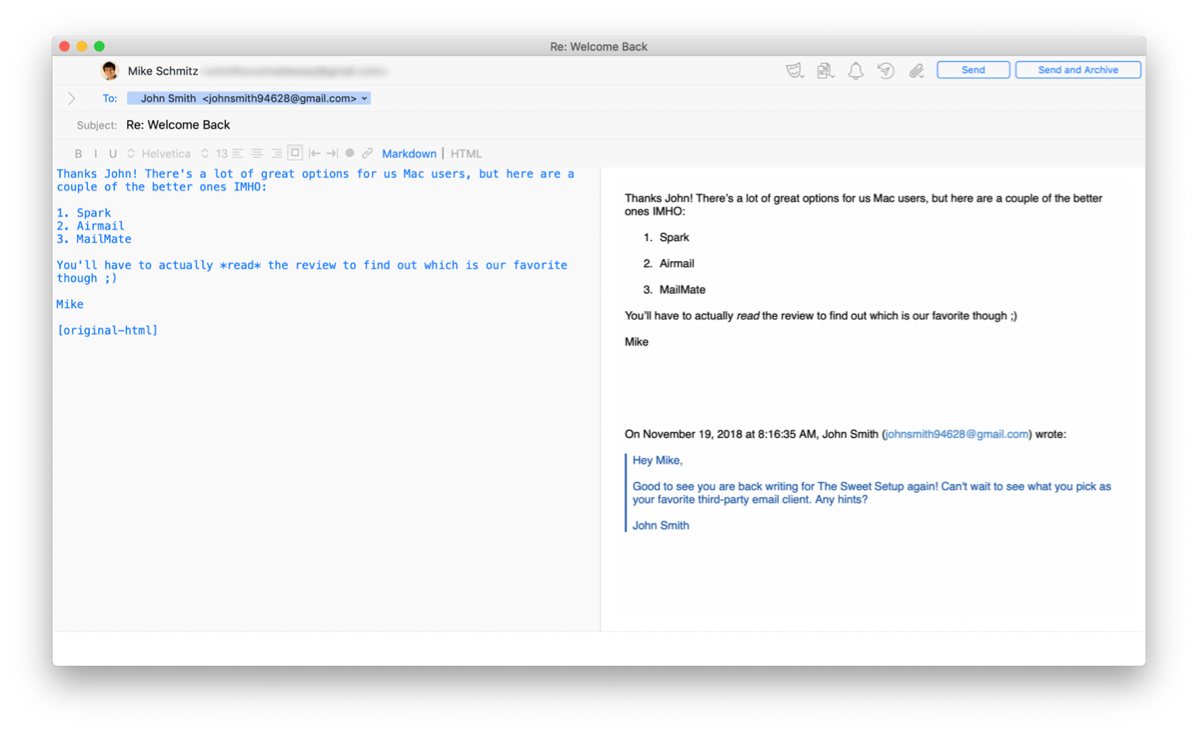

These are placeholders for your recipient’s details, also known as mail merge fields.Ī mail merge field draws the personalization information from your data file (spreadsheet) to help you create your personalized letter.īut to make this work, the name of the mail merge field in your personalized letter template must match the name of the column header in your spreadsheet. No tice the «FirstName», «Address» and other tags in the letter ? Here, your letter is the template file - it has placeholders for your contacts’ names and addresses. įor example, let’s say you want to perform a mail merge to create mass letters. Each cell in the data file contains different information (first name, last name, email address, etc.) that will be placed in your template file in the corresponding space.Įssentially, a mail merge automatically adds the personalization data from your data file to your template file. Data File : a data source like a Microsoft Excel spreadsheet or a Google Sheets file.And that data (names, addresses, etc.) is fetched from a data file. It specifies the places where the personalization data will go. Template File : the document that holds the message you’ll be sending out (like a letter or an email).How Does Mail Merge Work?įirst, you need to understand the two essential components of every mail merge. Let’s now explore how a mail merge works. Instead of typing a letter for each recipient, you can use a form letter to make quick, unique, personalized letters for each person.Įssentially, if there’s a document you need to personalize at scale, mail merges can take care of it for you!

Note: A form letter is a template file used to create mass letters.

You can use mail merges to create personalized messages automatically for: This spares you the trouble of manually personalizing each document yourself! What Are Mail Merges?Ī mail merge lets you create personalized documents that are automatically customized on a recipient-by-recipient basis.
#MAIL MERGE WORD MAC SET DEFAULT EMAIL PROGRAM HOW TO#


 0 kommentar(er)
0 kommentar(er)
